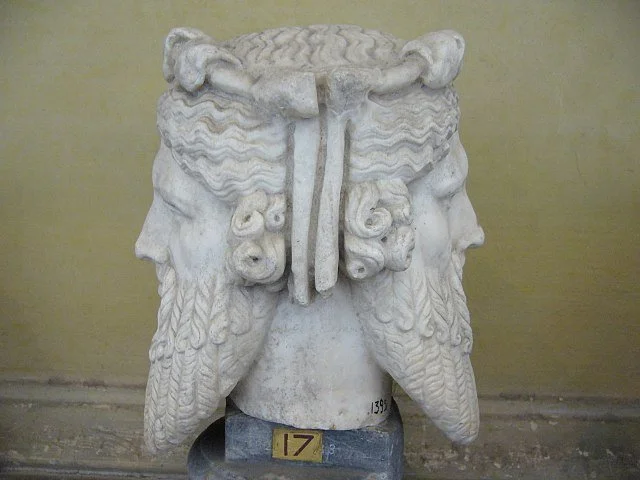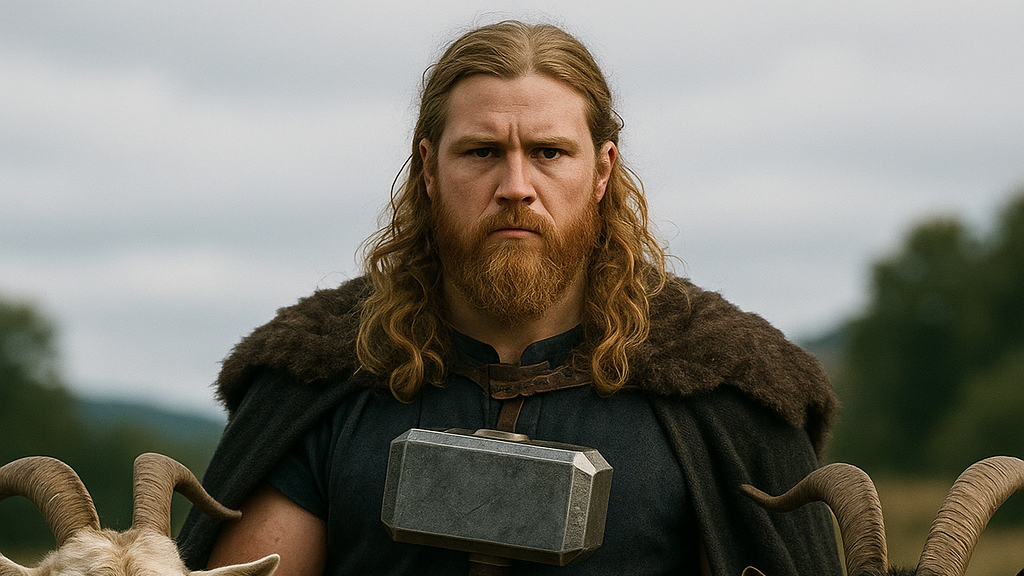The Navajo Night Chant also referred to as the Yeibicheii Ceremony, happens in late fall or early winter and extends for nine nights. Native communities in the southwest have been having Night chant ceremonies since 1000BCE. Numerous Night chants are held throughout the season.
Prominent among the Navajo people, the ceremony is the longest and most important. The ceremony is led by a healer such as a medicine man. Songs, prayers, and sand painting help people work through their problems and thus regain balance.
What is the Night Chant?
The Night Chant is a religious ceremony and healing ritual. It has two purposes.
To heal people who are physically or mentally ill
Restore balance to human relationships among the Navajo and the Universe
The ceremony is led by a medicine man who calls upon the power of the Yeibicheii to heal a patient.
Origin of the Night Chant
The Yeibicheii Ceremony originates with a young boy of around twelve years old. He was visited by two Holy Beings who gave him a ceremony to walk with the Holy people.
These Supernatural Beings created the Navajo people and taught them how to live in harmony with the universe.
Traditionally the clans would do the ceremony for each other.
Night Chant Activities
Before the ceremony, the participants rehearse and prepare themselves. The Night Chant starts at dusk and extends through the night.
Young children have a tribal initiation.
During the first four days of the Yébîchai ceremony or Kléjê Hatál the ill person participates in a cleansing sweat. The medicine man carries a sacred bundle called a jish, which contains pollen, feathers, stones, and a flint blade believed to belong to the god known as the Monster Slayer.
Sand Paintings
Sand paintings are an important part of the healing ceremony. The medicine man oversees the artists who create them.
The designs are set forth by the Gods and are not unique interpretations. Each one has a symbolic meaning.
Dancing
There are a number of dancers who represent the Gods. There are fourteen dancers total. Two are the Talking God and the Rain god. Then there are twelve, six male divinities and six female divinities.
Most important are::
Talking God known as Hastsdyalti or Yebitsai
Rain God or Water Sprinkler To'nenili
Speaker of Peace head dancer and just like with life it is important to follow him.
The last dancer represents humans.
The last night is a public dance. Interested persons have to request permission to attend.
Difficult to Learn
The night chant songs and dances are considered quite difficult to learn and take many years before they can be performed properly.
In some Navajo communities, there is a lack of young people who take the time to learn these skills and it is getting harder to find dancers and artists for the ceremony.
Author, Ame Vanorio, is a lifelong pagan and of Cree heritage.






The birch tree symbolizes starting over, fertility, rebirth, and regeneration. In fact, birches are one of the first trees to grow back after a forest fire.
Birch or Beithe, is the first tree of the Ogham, the Celtic tree alphabet. Beithe (pronounced ‘bey’) is the Gaelic word for birch and means inception or existence.